Review
Vauxhall’s medium-sized van still hold favour among UK buyers as it remains the most popular marque in the Stellantis stable.
While sales are no match for the Ford Transit Custom - the country’s best-selling medium van - the Vivaro still recorded more than twice the registrations of the Peugeot Expert in 2024. Equally, the Citroen Dispatch and Fiat Scudo were overlooked by the majority of customers in favour of the Vivaro.
There are no technical differences between the Stellantis vans, only minor visual tweaks along with differences in pricing and specification.
As a result, the Vivaro underwent the same facelift as its platform-share siblings in 2024. Vauxhall integrated the ‘visor’ front end styling from its car range, which features a gloss black panel in place of a conventional grille.
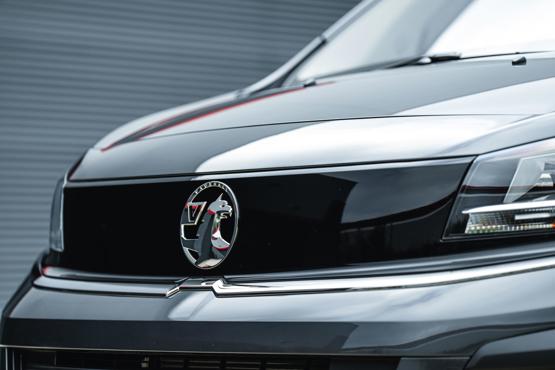
There’s also a new infotainment system and revisions to the van’s interior.
Under the skin, the Vivaro uses the Stellantis EMP2 platform like a lot of the group’s passenger cars. This enables the fitment of more advanced driver assistance and safety aids, while also bringing enhancements in driveability and comfort. No changes to the powertrains or running gear were applied in the latest update.
Twin sliding side door are fitted as standard to all models, aiding practicality, while a rear tailgate can be specified in lieu of the standard-fit barn doors. Said doors open up to 180 degrees, facilitating the loading of pallets or other large items. The width between the wheel arches is 1,258mm.
The Vivaro is available in two lengths, with either a panel van or doublecab arrangement; three trim levels; and with the option of diesel or electric powertrains.
An optional FlexCargo system provides an opening in the bulkhead and a folding passenger bench seat, which enables longer items to be loaded into the van.
Vauxhall Vivaro sizes and cargo capacity:
- L1 panel van: 5.3 cubic metres (5.8 with load-through)
- L1 Doublecab: 3.2 cubic metres
- L2 (XL) panel van: 6.1 cubic metres (6.6 with load through)
- L2 (XL) Doublecab: 4.0 cubic metres
Maximum payload is 1,384Kg for the L1 and 1,335Kg for the L2, both with a diesel engine. The Vivaro electric has a maximum payload of 1,001Kg in either length. While the Transit Custom is available in larger sizes, the payload capacity of the Vivaro is broadly similar.
Diesel Vivaros have a towing capacity of up to 2,500Kg, while the Electric is capped at 1,000Kg.
The powertrain line-up starts with a 1.5-litre diesel engine that produces 120PS. It’s paired with a six-speed manual gearbox and promises efficiency of up to 45mpg.
Next up is a 2.0-litre diesel with 145PS. This can had with a manual or an automatic transmission. Fuel consumption is up to 38mpg.
A 180PS version of the 2.0-litre engine is also available, but only with an automatic gearbox. This returns up to 41mpg.
The Vivaro Electric uses a 136PS motor and a 75kWh battery. It has a maximum range of 217 miles (WLTP). In our tests we’ve found the real-world range to be closer to 150 miles for the Vivaro Electric, with efficiency of around 2.3mi/kWh.
A 7.4kW on-board AC charger comes as standard, meaning the battery can be charged from empty to full in 11 hours and 20 minutes. An 11kW charger is available as an option and this cuts the recharging time to seven hours and 30 minutes.
Using a 100kW DC rapid charger, it takes 45 minutes to take the battery from 0% to 80% capacity.
The entry-level diesel offers plenty of useable performance for day-to-day use and enables the largest payloads. Stepping up to the 2.0-litre will benefit those that operate fully laden or need to tow as it packs a noticeable uplift in punch.
While the electric model has a limited range, that may not suit high-mileage fleets, it’s the most user-friendly of the bunch with swift acceleration and silent running.
The Vivaro drives well, with its car derived underpinning bringing a noticeable benefit in refinement. Stability at higher speeds is impressive, too. Drivers may complain that the driving position is less than ideal. While the seats are comfortable and supportive, with plenty of adjustment, the pedal position is offset and closer to the seat that we’d like.
Interior quality is average. There’s a lot of hard plastics, which aids durability but makes the interior feel a bit sparse. The central infotainment screen and digital instrument cluster bring a welcome uplift. We’re also pleased to report that physical switchgear is retained for the climate controls and audio system volume.
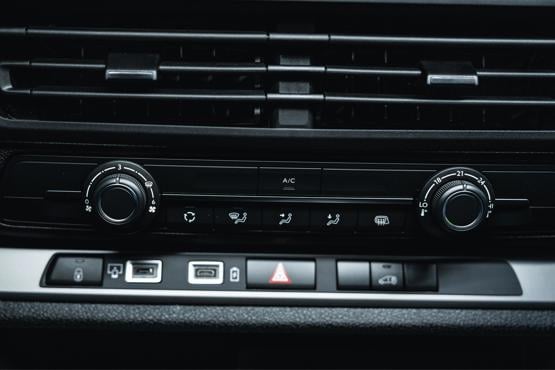
Prices start at £30,280 (CV OTR) for the Vivaro diesel and £38,450 for the Vivaro electric (inc plug-in van grant).
The Prime specification includes air conditioning, cruise control and rear parking sensors. It also comes with unpainted plastic bumpers and steel wheels for a work-ready look.
Upgrade to Pro for body-coloured exterior parts, wheel trims and an alarm. There are also front parking sensors, a reversing camera and blind spot monitoring.
Range-topping GS gets a sport bodykit, faux leather upholstery, heated seats, keyless entry and alloy wheels. It’s more tailored to the retail market.
The Vivaro is a commendable option in a crowded medium-size van market. It’s almost indistinguishable from the other Stellantis versions, while Toyota’s Proace also offers a similar package albeit with a longer warranty.
Ford remains the most popular in the segment with the Transit Custom providing a class leading package, including more variants and a longer range electric model.
Still, Vauxhall has achieved very low running costs for the Vivaro – making it a worthy fleet choice. In the diesel market, the Vivaro is the cheapest of its stablemates over a five-year cycle. The VW Transporter, however, offers the best value overall.
Matt has been an automotive journalist for nine years and has driven just about every new car and van that's on sale. As content editor - vehicles he is responsible for the automotive content on Fleet News and also contributes to Automotive Management. Prior to this, Matt worked in the automotive industry for 10 years.


Specs
| Manufacturer | Vauxhall |
| Model | Vivaro Diesel |
| Specification | Vauxhall Vivaro Diesel 1.5 Turbo D 120 Prime H1 Van |
| Model Year | 2025.00 |
| Annual VED (Road tax) | £1035 |
| BIK List Price | £29,280 |
| CO2 | 191g/km |
| Insurance Group | N/A |
| CC | 1,499 |
| Fuel Type | |
| Vehicle Type | Medium van |
| Luggage capacity (Seats up) | N/A |
Running Costs
| P11D | £29,280 |
| Cost per mile | 52.08ppm |
| Residual value | £8,925 |
| Insurance group | N/A |
| Fuel Type | |
| Cost per mile | 52.08ppm |
| Fuel | 14.38ppm |
| Depreciation | 34.02ppm |
| Service maintenance and repair | 3.69ppm |
Rivals
Info at a glance
-
P11D Price
£29,280
-
MPG
38.7 -
CO2 Emissions
191g/km -
Payload
N/A -
Load Volume
N/A -
Load Width
N/A -
Load Length
4,981mm

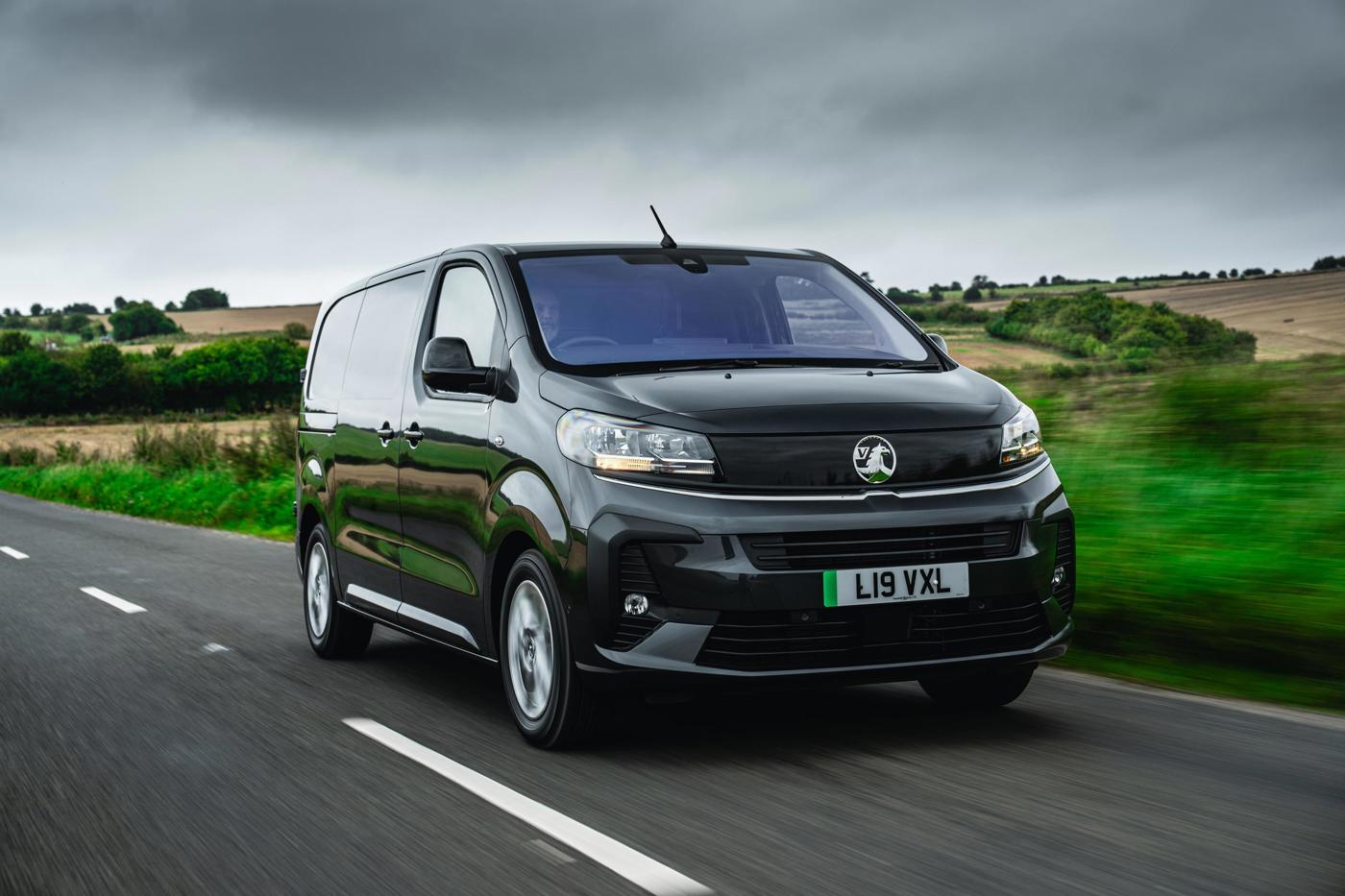









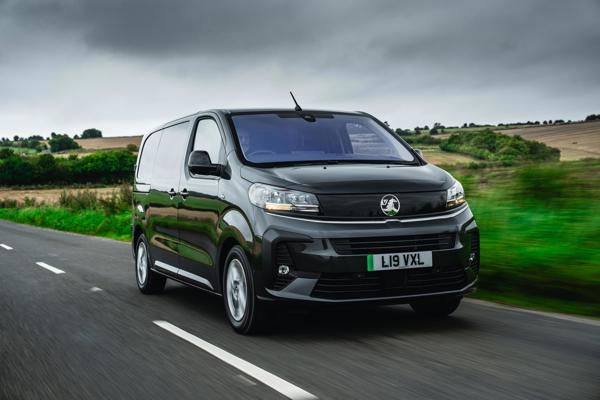
 Diesel
Diesel


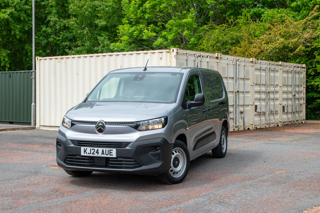

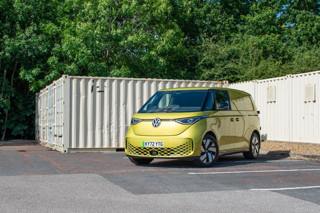













Login to comment
Comments
No comments have been made yet.